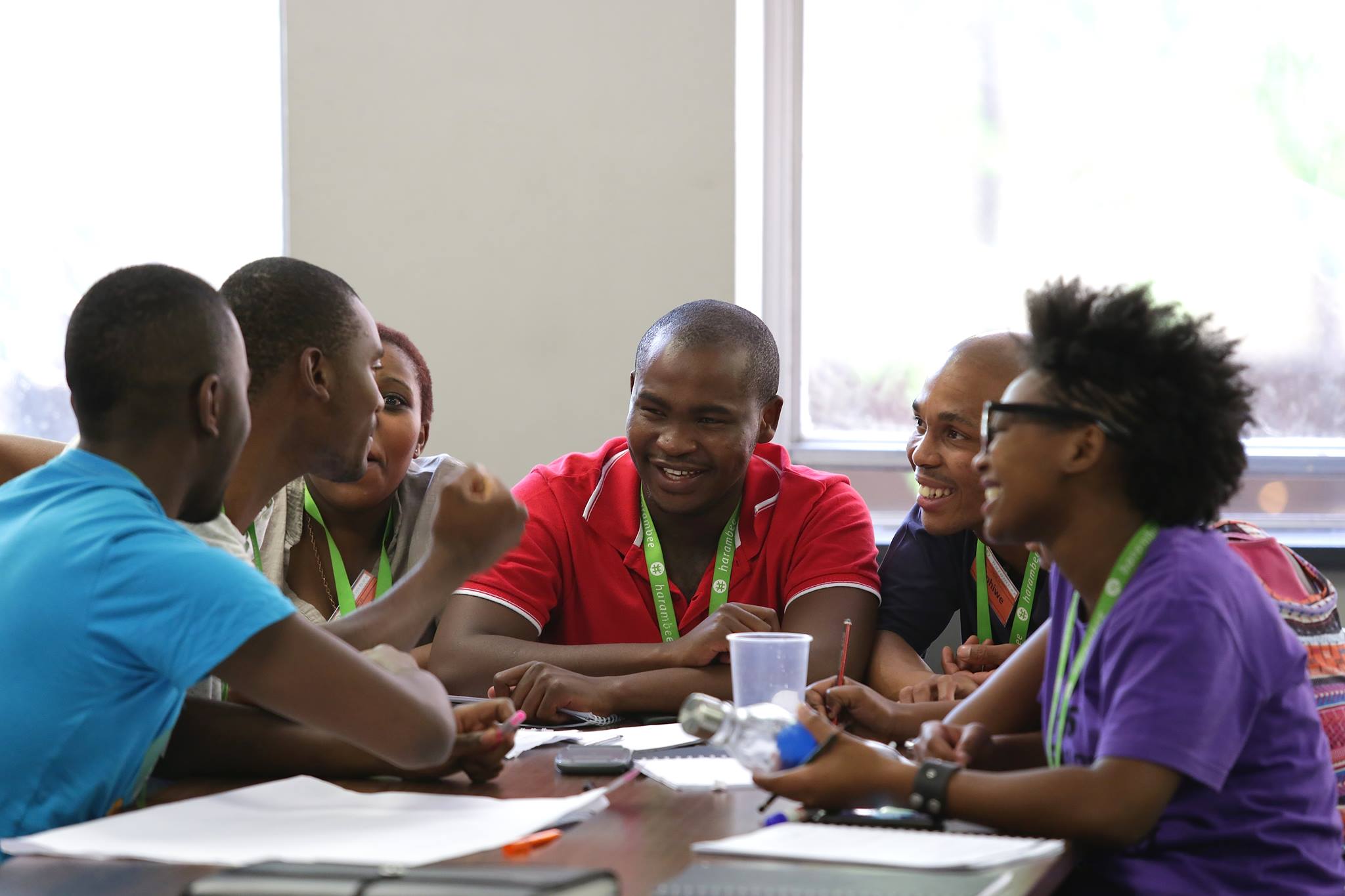WiseYouth: Do Africa and its youth need another AU project?
At face value, WiseYouth shows the AU’s commitment to dealing with youth grievances about their exclusion from peacebuilding processes. If done right, it could draw more young people into election observation, conflict mediation and dialogue. But will it be fully resourced and implemented, and can it help resolve Africa’s violent conflicts?
The initiative is intended to enhance inclusion and participation at a continental level, but there is no guarantee that it will do the same at the country level. In the past, similar projects such as FemWise Africa have barely induced action among African states. They have also struggled to overcome problems of limited financing and participation by the AU.
Nonetheless, WiseYouth could carve a niche for itself and stand out among the other similar AU youth initiatives. Membership will comprise youth with skills and experience who can initiate and sustain peace and security work. WiseYouth could draw young people into AU plans to guard democratic values, especially in the face of increasing coups and unconstitutional changes of government.
The job will mean working not just with the AU but also at the regional level. Africa’s regional economic communities must extend the WiseYouth initiative to their member countries. This will require allocating more resources and capacity to youth issues. Some regional blocs like the Southern African Development Community have yet to establish projects bigger than a youth desk in their secretariat.
WiseYouth should take lessons from other AU attempts to mainstream young people into governance and security processes. The African Peer Review Mechanism (APRM) Youth Network has existed since 2019 and has succeeded in getting youth input ahead of country reviews. The APRM has also consulted and documented vital youth-related issues. The African Governance Architecture of the AU Commission has done the same via its annual youth gatherings.
The AU must learn from these initiatives to plan a roadmap for WiseYouth. In particular, the latest project must achieve more – both for young people and for stability in Africa – than convening meetings and drafting documents.
Lessons from other AU Commission initiatives such as the Panel of the Wise and its subsidiary, FemWise-Africa, are also worth considering. Both comprise conflict prevention experts deployed by the AU to support peace efforts across the continent. Although endorsed by the AU, they still struggle for equal representation and effectiveness.
WiseYouth is intended to be a continent-wide mechanism whose members represent all five of the AU’s geographical regions. AU Commission youth leaders have short-term contracts to ensure opportunities for as many young leaders as possible. This should be adapted to enable a regional rotation to retain skilled young peacebuilders.
Four steps can ensure that WiseYouth’s goal of sustainable and inclusive youth participation in AU peace and governance efforts is achieved.
First, when WiseYouth is operational, the AU Commission should make funds available to ensure its members are present when peace and security issues are discussed and acted upon. New initiatives in the AU continue to be underfunded. A recent example is the Youth Envoy’s Office which, now with its second envoy in place, lacks the funding and technical backing to represent youth effectively.
Second, WiseYouth could bring together the best personnel in the AU Commission’s growing Youth 4 Peace Africa network. The network of young peacebuilders has been built up over the past four years and includes youth already active in their communities. They should be given a chance to be part of this new venture. The first African Youth Ambassadors for Peace cohort finished their terms in February, and their skills should also be used.
Third, the AU must urge African states to increase youth participation in conflict prevention. This will enable WiseYouth to grow deep roots across the continent and capitalise on the vast potential of young people.
Last, WiseYouth has timing on its side. Young people are increasingly playing a role in the AU system, with a Youth Envoy and a string of ambassadorial positions rotationally filled with youth leaders.
Rather than being seen as another ceremonial initiative, a well-planned campaign is needed to show countries the value of WiseYouth for Africa’s stability. Although the impact of conflict remains devastating, excluding the youth worsens the consequences of crises.
Muneinazvo Kujeke, Research Officer, Training for Peace, Institute for Security Studies (ISS) Pretoria
This article is published as part of the Training for Peace Program (TfP), funded by the government of Norway.
(This article was first published by ISS Today, a Premium Times syndication partner. We have their permission to republish).


No comments:
Post a Comment